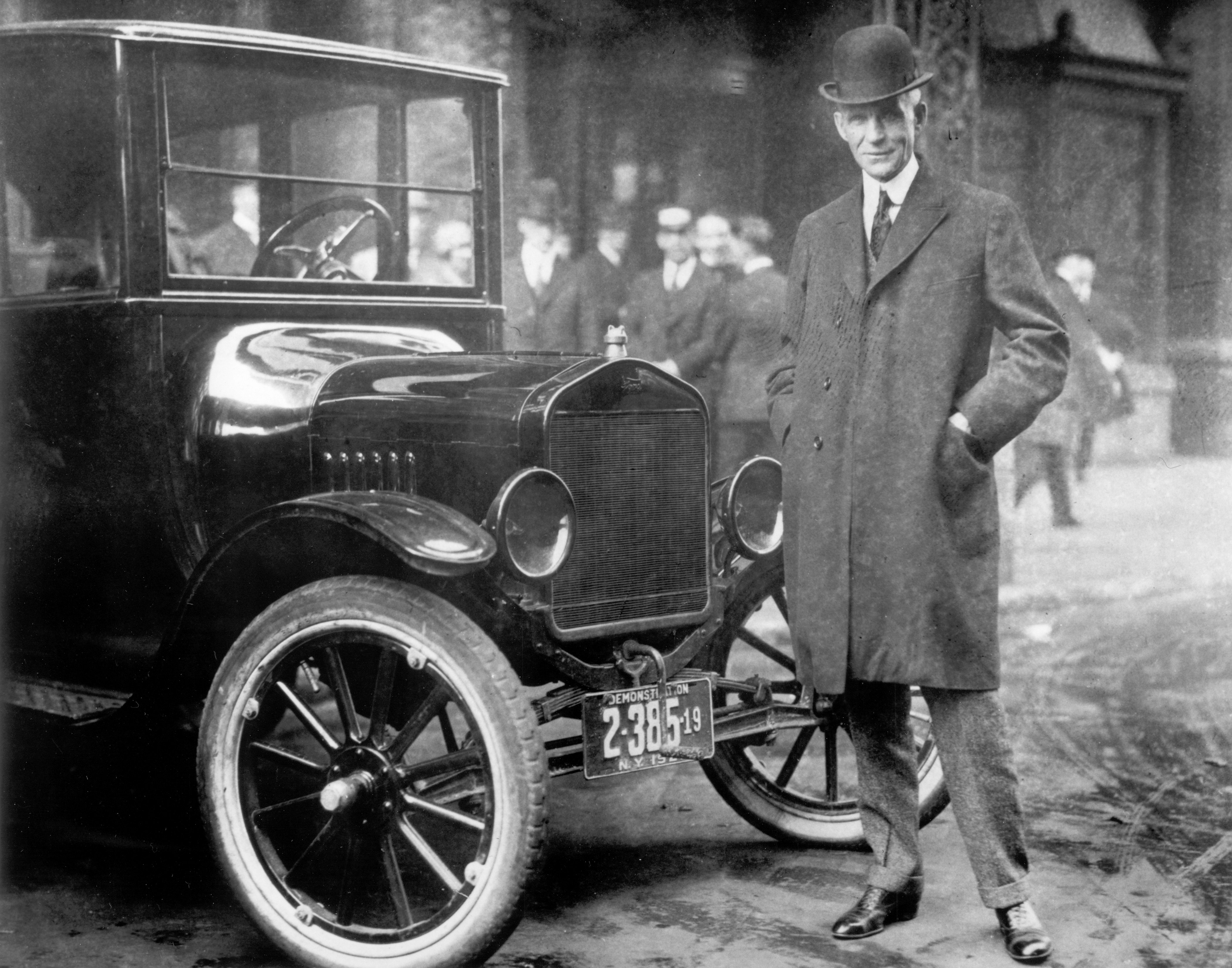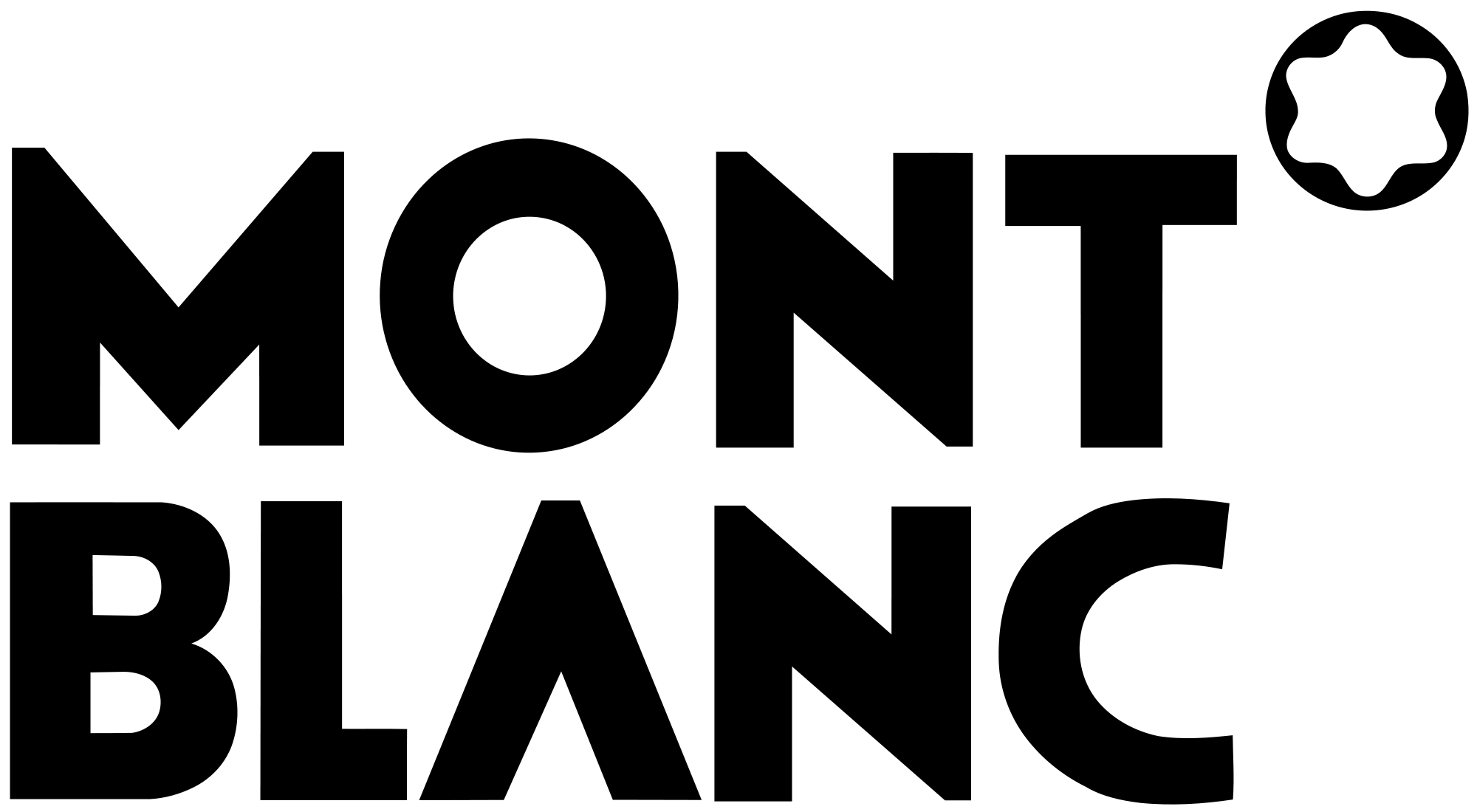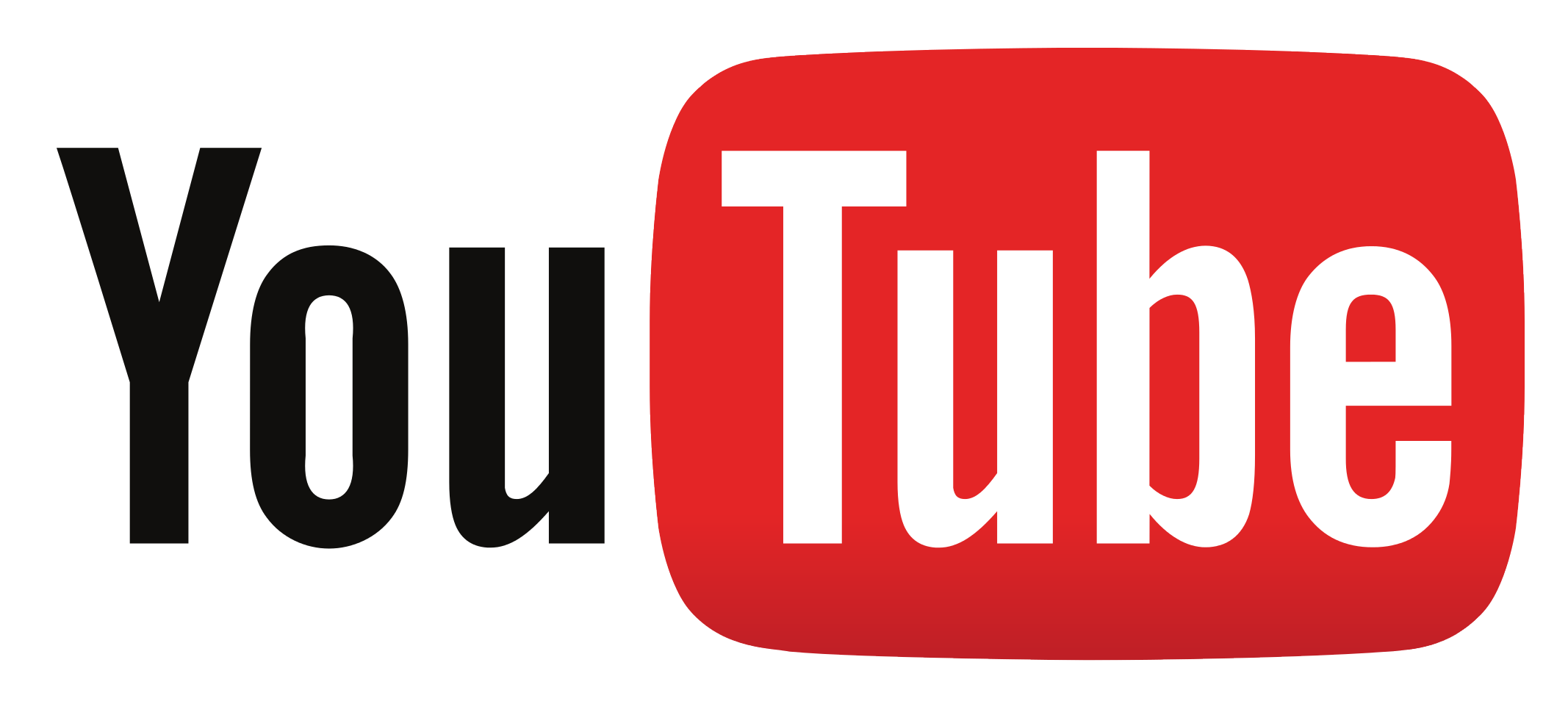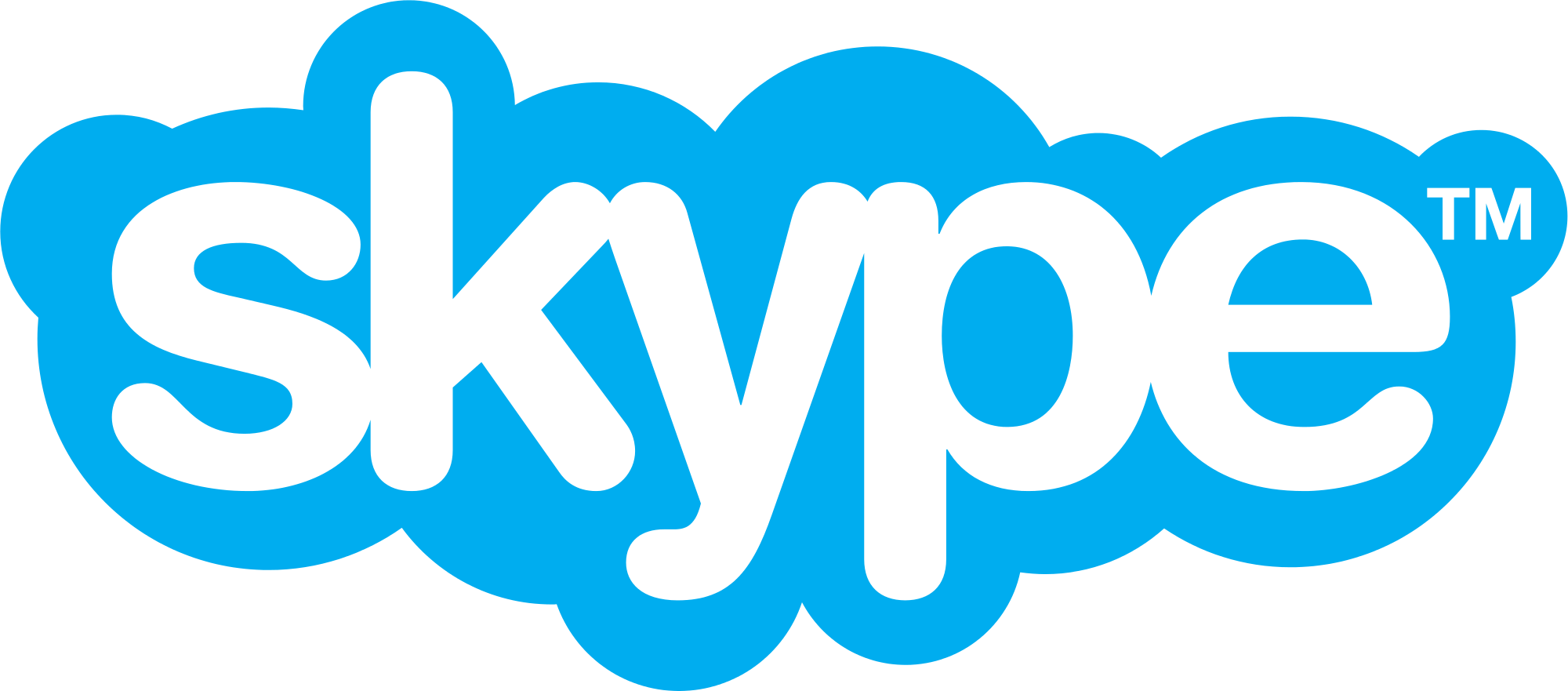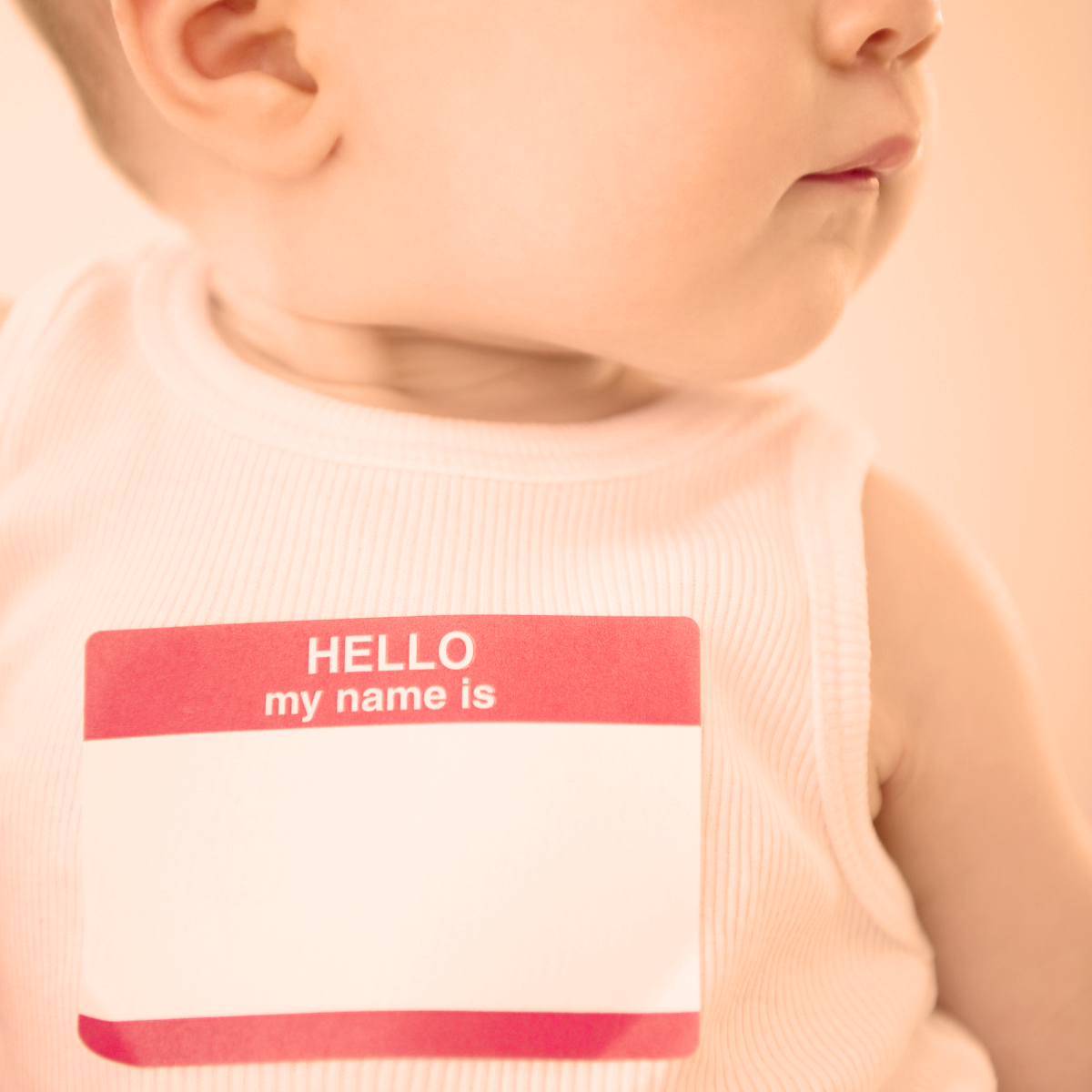Starting a business, launching a new product or simply looking for a new start; those are a few of the reasons that lead people to seek names for their brands. Once the decision to look for a name has been made, the next obvious question is: How do you name a brand?
In the past, traditionally, most companies would take their founder’s name – usually because the companies would be passed from father to son for generations. On top of that, a company named after its founder, like Ben & Jerry’s, Chevrolet or Citröen, is more likely to evoke the idea of continuity, authenticity and humanity in the consumer’s mind. It also provides the brand with a great backstory on which to build.

However, it can also be pretty damaging to the brand image: when the founder or his descendent see their name linked to a scandal or any negative event, the company is tarnished too. That’s what happened to McAfee: founder John McAfee was suspected of murder in 2012 and in 2013 deemed McAfee VirusScan the worse security software ever (going as far as uploading a video explaining how to uninstall it); all this bad press reflected badly on the company, despite it no longer belonging to John McAfee, to the point that Intel, the actual owner of McAfee, announced that it would be changing the name of the software to Intel Security.
Some brands, not wanting to take their founder’s name but still wanting to celebrate their history can choose to name themselves after the place where they were founded – or any place really. Choosing a place name as a brand name can either reflect a strong local anchorage or an invitation to travel and broaden your horizons: Amazon was named after the Amazon River, Fuji after Mont Fuji or Mont Blanc after the mountain of the same name. The one most likely setback is that the clichés and prejudices associated with the place also be associated with the brand. One more thing to be careful about is that a lot of countries, regions, cities… have started registering and trademarking their names (often for touristic purposes).
Along the same lines, a possible name can be that of a plant or animal. By association, the characteristics of the plant or animal chosen will be seen as a reflection of the values of the brand: a clothing brand named Cat or Panda will be expected to sell cuter outfits than one named Wolf or Bear. However, choosing a plant or animal name raises some obstacles: a business selling bananas wouldn’t be able to choose Banana as its name and trademark it because it would mean that other fruit sellers would no longer be able to use the word banana to sell the namesake fruit, which would be rather inconvenient. Therefore, if you want to choose an animal or plant name it better be totally unrelated to your business: Apple does not sell apples, Bonobo and Meerkat have nothing to do with the animals they were named after. Because the name is not self-explanatory, a marketing campaign will most likely be needed to explain your choice and create a link in the consumer’s mind between your name and your area of business.
If you don’t want to or can’t take your founder’s name and considering most of the common words in the dictionary have already been trademarked, it may seem like a lost cause – rejoice: all hope to find a good name is not lost, you can create a name.
So, how do you create a name?
If you lack imagination or you want your name to stay down to earth and pretty much self-explanatory, the easiest technique is to combine two (or more) words. Youtube and Burger King are maybe two of the most famous two-words-combination names. They are not too long, easy to pronounce, easy to spell and therefore really easy to remember. To top it all, they pretty much describe the business they advertise: Burger King prides itself in making the best burgers, Youtube is your own personalised TV channel (tube is a slang word for television). On the downside, obvious combinations such as Easytravel or Goodfood might be hard to trademark because you are probably not the first to have this name idea.
If you still want to choose a common word as a brand name, misspelling it increases your chances to be able to trademark it. In the case of Google, Tumblr or Flickr, the intended misspelling was also meant to give the name a modern twist – be careful though, naming trends come and go and it can prevent your brand from becoming timeless. You also want to keep in mind that misspelled words, because of their unusual spelling, are not natural to write thus people may encounter difficulties when looking it up online.
Initials or acronyms are a good compromise between common words or names and totally made-up words. Ikea and Haribo are well-known brands that used this method; they both combine the founder’s initials and a place’s initals. The main advantage of initials and acronyms is that it provides a good backstory as well as a name that is more likely to be original. On the other hand, it doesn’t provide much information about your business, so people are unlikely to be able to guess what you do. On top of that, available domain names might be hard to find if the name is shorter than 3 or 4 letters.
Finally, if you really want to display your creativity and your originality you can also chose a made-up word or an abstract name. Obviously, you will need a marketing campaign because people won’t out right know what you do; but it will also help you stand out and differentiate from your competitors. Brands that are now household names such as Skype or Hulu did not suffer from having a made-up name. It also makes it easier to secure available domain names and social media handles.
All in all, there are two main types of names: person’s names and common names (places, plants, animals, etc.) which are likely to be unavailable; and created names (words combination, misspelled words, initials or acronyms and made-up or abstract words) which will be easier to trademark but more challenging to ingrain in your consumer’s minds.
A few things to keep in mind when naming your business/brand/product:
The name must be available, so that you can register and trademark it. Although you can still try to buy an already trademarked name from its current owner, it might turn out to be both expensive and time consuming – not worth the trouble.
Nowadays, internet and social media presence is a core part of developing your business; therefore you need to make sure that the domain name and social media handles are available.
Following the naming trend in your business field might seem like a good idea: you are more likely to be seen as a serious actor in this market; however you should keep in mind that trends come and go: what makes you look very modern today might be your downfall tomorrow when it makes you seem old and outmoded.
If you ever expand into another country, even in a very remote future, even if you have no plans to do so now, when it happens you will probably want to do it under your current name and not have to change it. That’s why you should make sure from the very beginning that your name doesn’t have a negative meaning or is not a swear word in a foreign language; it could spare you a lot of trouble someday.
Whatever your name is, don’t forget to be proud of your name!
